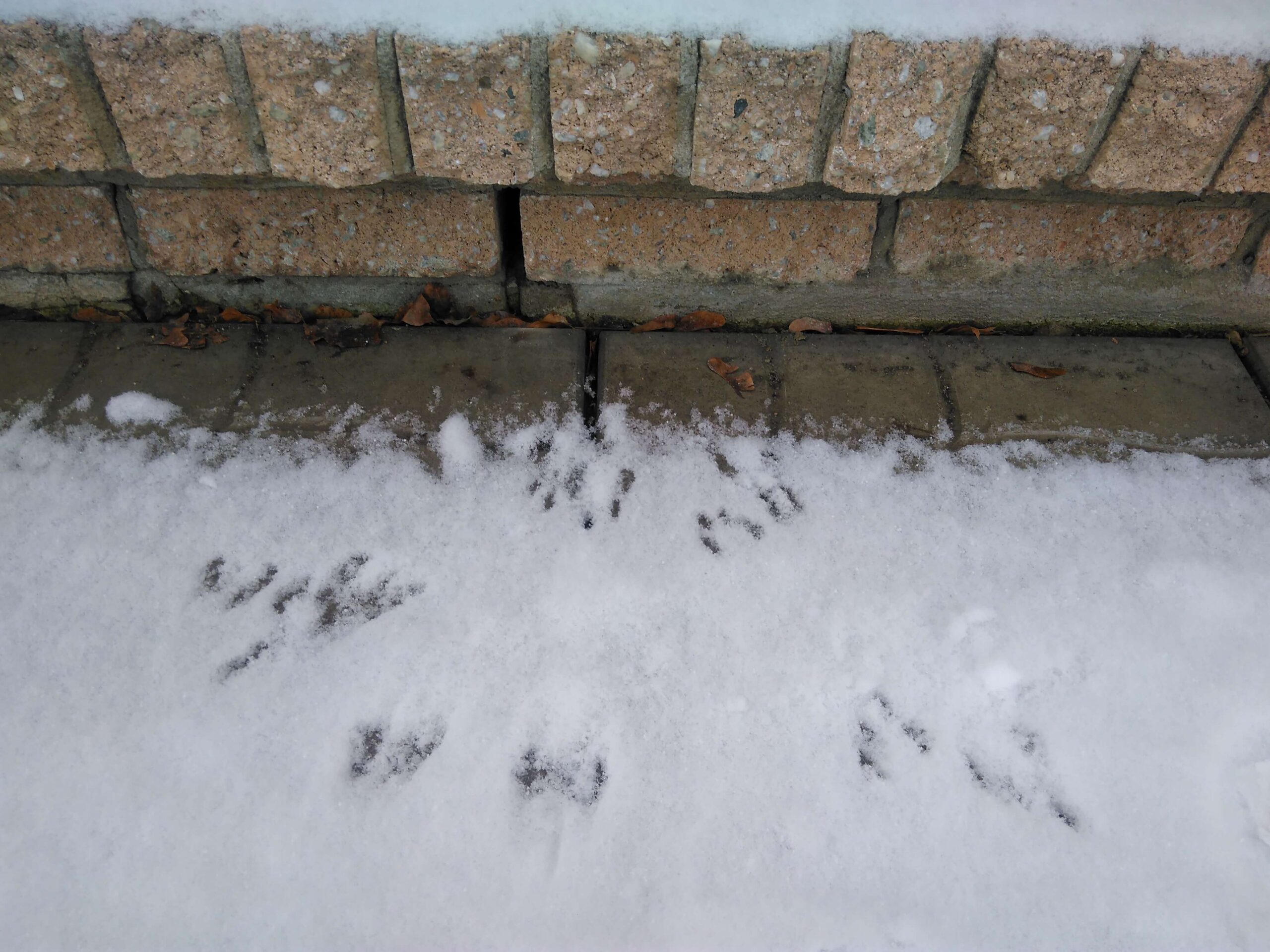Spring is at our doorstep. Before we know it, the quiet of winter will disappear, to be replaced by the humming, buzzing, chirping, scampering sounds of spring. Animals that were holed up during the long, cold months crawl out of their cozy, sleeping spaces to seek out spring’s abundance. When any of these animals move out of their winter homes and into your house, contact Skedaddle for our humane wildlife prevention Montreal experts for help.
The Sleeping Beauties
When we think of hibernating animals, most of us immediately call to mind the image of bears snoring soundly in caves far away from where we live. Though this animal is the most well-known winter sleeper, it isn’t the only one. There are several animals closer to home that spends most of the cold months in slumber, or at least inside a cozy, warm home, such as:
- Raccoons: The masked bandit enters into a deep sleep similar to hibernation. It does wake up on occasion to forage for additional calories to keep its body sufficiently padded with fat.
- Skunks: These stinky creatures sleep a lot in the winter. They stir during the latter part of the winter to mate, with males leaving their dens in search of willing females.
- Squirrels: The grey and red squirrels can be seen throughout the winter months, but they do slow down in the cold season and only come out when temperatures are tolerable.
- Mice: This common house mouse doesn’t let the cold temperatures stop it from living its best life! Instead, it tends to move indoors into human domiciles.
The Nesting Nook
With the arrival of spring, many of our backyard wildlife emerge in search of sustenance and to seek out a mate. It is also a time when many embark on a search for a new nesting nook.
A Masked Entrance
The raccoon breeding season occurs from late winter until early spring, after they emerge from their winter dens. Expectant mothers begin their search for a safe space to bring their little ones into the world. The ideal location offers her kits protection from predators and the elements, and your attic fits the bill. Since raccoons are nighttime prowlers, you aren’t likely to notice when one makes an entrance into your home.
A Smelly Tenant
As skunks begin to wander more freely out of their winter dens, they may seek out a suitable summer home. Unlike raccoons, this isn’t likely to be in your attic, as skunks are not very good at climbing. Instead, they look for dens that other animals have abandoned or a hidden location where they can safely dig out a den of their own. Pregnant females may be particularly attracted to the area under your deck or porch because of the security it provides.
A Skittering Frenzy
Squirrels also breed in the late winter months, but they have a second mating season in the middle of the summer. Females build nests before they have their litter. In nature, this is an entertaining activity to observe, as the industrial little creature collects sticks, leaves and whatever else she can find to make a perfect little home for her pups. If one finds her way into your attic, she also utilizes whatever is available, including insulation and wiring!
A Movable Domain
House mice don’t sleep away the dark and cold months. Instead, they simply move their residence entirely indoors, into our homes, that is. As the weather warms up and food sources become more abundant, they may move their domains back into the great outdoors. You may see evidence of this in newly created holes scattered across your yard. These holes won’t be large, but they are noticeable.
The Sweeping Solution
Skedaddle wildlife prevention Montreal experts are here to help you with all of your wildlife control problems. We safely and humanely remove unwelcome houseguests, clean and clear contaminated materials and seal off any entry points to prevent future invasions. Contact us today to schedule services.



